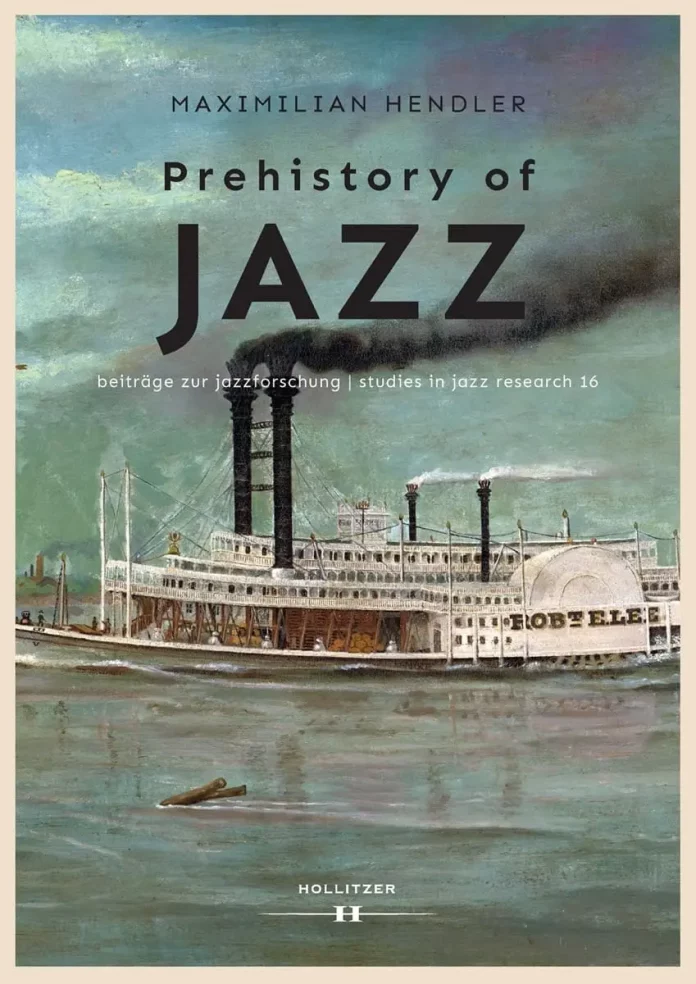This is number 16 in the series Studies In Jazz Research, published periodically since 1969 by the International Society For Jazz Research in cooperation with the Institute For Jazz Research in Graz, Austria. It was written in German and has been competently translated into English.
The author, Maximilian Hendler, has previously published works on Caribbean music, the banjo, and the connection between jazz and Latin-American music. He is critical of American copyright laws, which prevent easy access to many very early recordings, and of a group he calls “jazz experts” for their insistence on the significance of Africa in the development of jazz.
In spite of that the first section, which takes up around 15% of the text, is a succinct history of the slave trade, a history which still has significant and varied repercussions today. The second section (around three quarters of the text) begins with the category of minstrelsy, which began in the first half of the 19th century, and moves on chronologically through “coon songs”, spirituals and gospel songs, the cakewalk and ragtime to the blues, with detailed references to and comments on significant performers and early recordings as they become available.
The final section, entitled Heading Towards Jazz, asks some questions about the instruments used or not used in early jazz and, more significantly though not entirely relevantly, asks why jazz has not become more popular than it has. To this question an interesting, speculative answer is provided.
So far, so good, and there’s no denying that the book covers a great deal of interesting ground in a detailed and thorough manner. Regarding the author’s downgrading of the significance of Africa I have something to point out. In the section on spirituals he draws attention to the fact that the melodies, their structures and their harmonies came from Europe. However he quotes from commentary in an 1867 publication called Slave Songs Of The United States (almost all of which are spirituals) as follows: “The leading singer starts the words of each verse, often improvising,” before the others “follow their own whims, beginning when they please and leaving off when they please . . . hitting some other note that chords, so as to produce the effect of a marvellous complication and variety” . . . and they “strike sounds that cannot be precisely represented . . . and abound in slides from one note to another”.
These words could well be describing the jazz of half a century later but surely could not describe the way these melodies had been sung in Europe. So where did the difference come from? Africa, perhaps? The author quotes these sentences but apparently doesn’t recognise their significance. However, a book that provokes thought and possible disagreement is always welcome and I welcome this one wholeheartedly. What a pity we don’t have any recordings of spirituals from 1867.
Prehistory Of Jazz by Maximilian Hendler (translated by Susie Trenka). Pb, 192pp and 52pp foreword, index, notes etc. Hollister Verlag. ISBN 978-3-99012-980-7
















